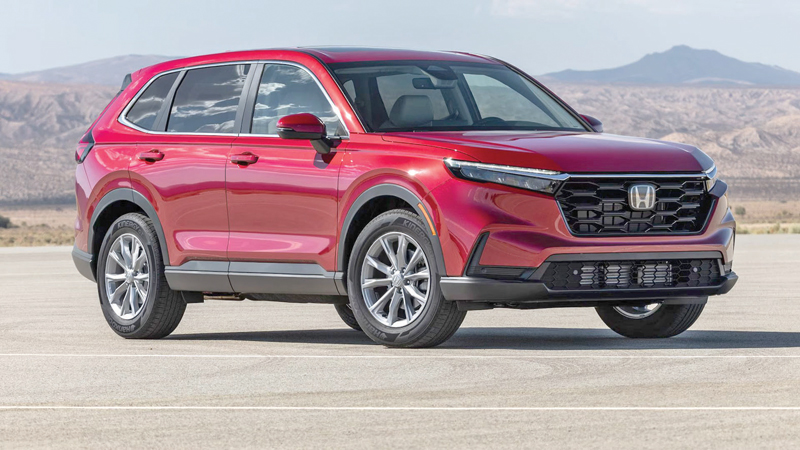There is a sense of excitement in the air among car lovers in Sri Lanka, who are seeing brand new vehicles in the flesh (metal?) for the first time after five years, unless they have travelled abroad in the meantime.
From the registration numbers that we see on the roads, around 500 cars (including some new locally assembled models) have been registered in around one month, which is significant considering that the ongoing CBM series (for cars and SUVs) took around five years to reach the 5,000 mark after private car imports ceased in March 2020 with the advent of Covid-19. The LP series for lorries and trucks is also getting there, fast.
Obviously, most of the new registration numbers that we see on the roads are scooters and motorcycles, including a healthy number of electric ones. This is to be expected, since around 30,000 scooters and motorcycles were registered per month back when imports reached the peak just before Covid-19. They remain the most affordable type of vehicle, with a 160CC motorcycle going for around Rs. 950,000.
One significant trend is the almost zero presence of new three wheelers on the road, petrol or electric. This could be due to several factors – there already are more than 1.2 million “for hire” and private three wheelers on the road. It is a saturated market, with almost no room for growth.
Another factor is the price – petrol or electric, a brand new three wheeler now costs from Rs.2 million to Rs.2.5 million, which is a steep asking price for a vehicle that used to be priced around Rs.800,000 max. Three wheelers, despite their usefulness for “last mile” journeys, have also a negative perception due to the recklessness of the drivers. The authorities should in any case contemplate phasing three wheelers out in metro regions at least by 2035, with a total phase out by 2040. Instead, smaller electric cars should be promoted for last mile duties, perhaps by offering duty and tax concessions.
We have also observed that the upper end of the luxury spectrum seems to be somewhat immune to sticker shock – the Range Rover has found around 170 buyers despite costing (with VAT) around Rs.150 million, not counting the other models in the range. Similarly, other high-end marques too have found a ready pool of buyers, though the cars are not due in our ports till June or July since they are literally made to order.
Private or parallel importers have, as usual, beaten the sole agents to the gate as far as Japanese cars are concerned, with vehicles such as the new Toyota Prado and the Honda CR-V already available at “car sales”. However, they have been careful not to import too many cars, since there is a heavy penalty for late registration that has to be paid by the dealer.
The lower-middle segment of compact cars also seems to be doing surprisingly well, despite the relatively high price tag. Cars with engine capacity of 1,000 CC attract lower taxes and hence have lower sticker prices, ranging from Rs.8 million to Rs.12 million. Granted, this is still high compared to the 2019 prices, but one has to take currency depreciation and the new taxes into account.
But this has also led to safety tradeoffs, as some 1,300 CC siblings of these cars have better passive and active safety features. But there is apparently no business case for these 1,300 CC cars, which almost reach the price point of 1.5 litre cars if imported. In any case, if you have that much cash in hand, you would go for the 1.5 litre models.
From what we gather, the middle segment of cars and SUVs have taken a hit, with the Honda CR-V and the Mercedes Benz CLA (though not the latest version we featured last week) costing almost the same at around Rs.30 million (VAT included). Overseas, the CR-V (base model, base price) hovers around US$ 30,000 (Rs.9 million approx) while the CLA (base model) goes for around US$ 45,000 (Rs. 13 million approx). It seems that something is wrong somewhere in this pricing structure, a point that the authorities should address soon. Such anomalies could discourage people from buying otherwise affordable cars and SUVs.
The enthusiastic response to electric cars also marks a positive turning point. One importer has already shifted around 500 cars, with at least three times that number on the way, all on confirmed orders. This bodes well for the electric car scene here, but Sri Lanka needs more DC superchargers, a suggestion that we have been making all along. It used to be a chicken and egg conundrum, but now there will be enough electrics on the road to justify the installation of expensive DC superchargers at least in the key towns. A start has to be made somewhere, after all.









